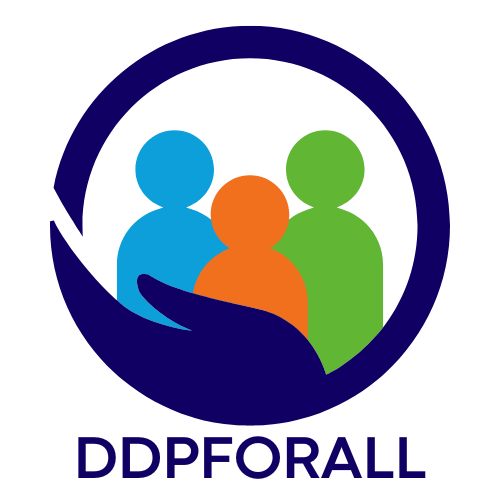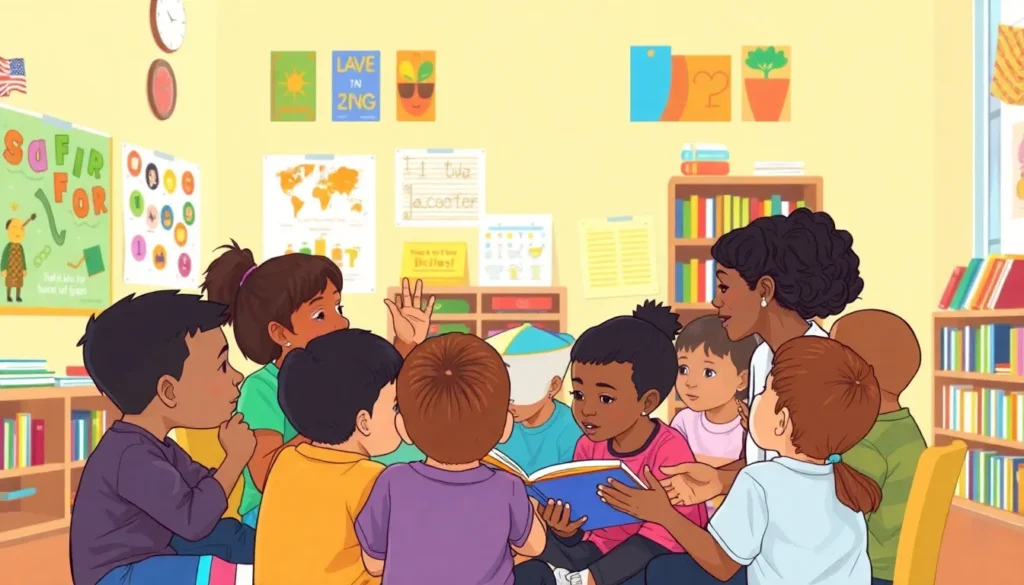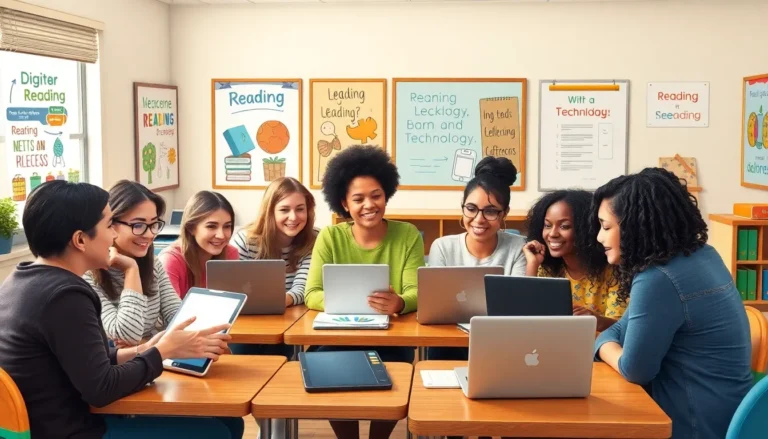Table of Contents
ToggleIn a world where scrolling through social media often replaces flipping through pages, mastering reading skills is more crucial than ever. Literacy strategies for reading aren’t just for bookworms; they’re essential for anyone looking to navigate the sea of information out there. Whether it’s decoding a complex novel or skimming through a work email, effective reading strategies can transform the way one engages with text.
Importance Of Literacy Strategies For Reading
Literacy strategies are essential in developing effective reading skills. They empower individuals to decipher and critically analyze various texts. Many people encounter diverse reading materials, from literature to professional documents, making these strategies relevant in everyday life.
Success in educational and professional environments hinges on strong reading abilities. Mastering reading not only enhances comprehension but also fosters communication skills. Engaging with different texts leads to improved analytical thinking, creativity, and problem-solving.
These strategies diminish the overwhelming nature of dense or complex materials. By employing techniques like summarizing, questioning, and predicting, readers can process information more efficiently. Each strategy builds a scaffold, leading to deeper understanding and retention of content.
Adaptability defines the effectiveness of literacy strategies. Readers can adjust their approach based on the purpose and type of text. Flexible strategies support learners at different stages, accommodating varied literacy levels and learning styles.
Literacy plays a vital role in shaping informed citizens. The ability to read critically influences participation in society and engagement with current events. Empowering individuals through literacy education creates a more knowledgeable, responsible community.
Incorporating literacy strategies into daily practice cultivates a culture of reading. Encouragement from peers, educators, and family members further reinforces the value of these skills. Shared reading experiences can inspire conversations around texts, deepening comprehension and appreciation for literature.
Types Of Literacy Strategies

Literacy strategies encompass various techniques that enhance reading proficiency and comprehension. Several key approaches exist to support learners in navigating texts effectively.
Phonemic Awareness
Phonemic awareness forms the foundation for reading success. Recognizing and manipulating phonemes aids in understanding how words function. It involves activities like sound matching and segmenting, which improve decoding skills. Increasing familiarity with sounds prepares learners for more complex reading tasks. Frequent practice boosts overall reading fluency. Instruction often includes engaging rhymes, songs, or games, fostering a fun learning environment. Phonemic awareness contributes significantly to children’s reading development.
Vocabulary Development
Vocabulary development enhances reading capabilities and comprehension. Expanding word knowledge enables readers to engage with diverse texts confidently. Incorporating techniques such as context clues and word mapping proves effective. Strategy use includes direct instruction on high-frequency words, word families, and idioms. Frequent exposure to rich language in conversations and readings plays a crucial role as well. Regular reading boosts vocabulary retention and understanding. Building a strong vocabulary prepares individuals for academic and professional texts encountered in daily life.
Comprehension Strategies
Comprehension strategies focus on understanding and interpreting information within a text. Techniques like summarizing, questioning, and predicting facilitate deeper engagement with content. Active reading practices encourage learners to reflect on and connect ideas. Implementing graphic organizers aids in visualizing relationships among concepts. Discussions and collaborative learning promote sharing of insights and fostering understanding. As learners apply these strategies, their ability to analyze and synthesize information improves significantly. Empowering readers with these skills enhances their overall literacy experience.
Implementing Literacy Strategies In The Classroom
Effective literacy strategies enhance students’ reading abilities. Educators play a vital role in implementing these strategies, creating an engaging learning environment.
Engaging Activities
Interactive activities capture students’ attention while fostering literacy. Group discussions encourage students to share insights about text, enhancing comprehension through collaborative analysis. Story maps help visualize plot elements, improving ability to summarize narratives. Games like word bingo reinforce vocabulary in a fun context. Role-playing allows students to step into characters’ shoes, deepening empathy and understanding. Engaging with diverse texts, from graphic novels to informative articles, broadens exposure and maintains interest. Harvesting creativity through art projects related to readings encourages personal connections and enhances retention. Using multimedia tools allows students to explore various formats, promoting adaptability in literacy skills.
Assessing Student Progress
Regular assessment informs instruction and identifies students’ reading levels. Quizzes and informal checks help gauge comprehension and retention. Observing student participation during activities offers insights into engagement and understanding. Utilizing reading logs allows students to reflect on their reading experiences and track progress over time. Implementing alternative assessments, such as portfolios or presentations, showcases growth in literacy skills. Peer assessments facilitate collaborative reflection, encouraging critical thinking about texts. Analyzing these assessments creates targeted approaches to support improvement and foster personal growth in reading.
Supporting Literacy Strategies At Home
Supporting literacy at home enriches children’s reading experiences and enhances their skills. Parents play a crucial role in creating an environment conducive to reading development.
Tips For Parents
Encourage daily reading routines by setting aside specific times for reading. Designate a cozy reading nook filled with books to stimulate interest. Involve children in selecting books that pique their curiosity. Utilize storytelling by reading aloud, which helps strengthen comprehension and vocabulary. Ask open-ended questions about stories to deepen engagement. Monitor progress through regular discussions about what they read, which fosters critical thinking.
Encouraging Reading Habits
Promote a positive reading culture by modeling reading behavior. Introduce a variety of genres, including fiction, nonfiction, and poetry, to broaden exposure to different texts. Use local libraries as resources for accessing diverse material. Incorporate technology through educational apps and audiobooks, keeping reading enjoyable. Plan family reading nights where everyone shares their favorite stories. Celebrate achievements, such as completing a book or mastering challenging vocabulary, to motivate ongoing efforts.
Literacy strategies play a pivotal role in navigating the complexities of reading in today’s fast-paced world. By equipping individuals with essential tools for comprehension and critical analysis, these strategies foster a deeper understanding of diverse texts.
The collaborative efforts of educators and parents are vital in creating supportive environments that encourage reading. Through engaging activities and consistent practice, readers can enhance their skills and develop a lifelong appreciation for literature.
Ultimately, embracing these strategies not only benefits personal growth but also cultivates a more informed and engaged community. As literacy continues to evolve, the commitment to improving reading skills remains a crucial investment in the future.







